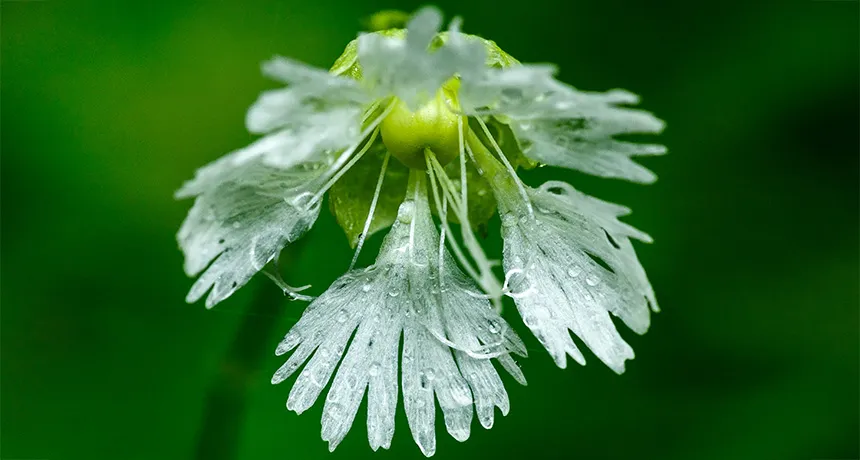Hermaphrodite wildflower has its own battle of the sexes
What’s best for the floral male bits clashes with what’s best for female parts

SEXUAL CONFLICT The male and female organs in each white bloom of the wildflower called starry campion are locked in an evolutionary war of parenthood.
Tom Potterfield/Flickr (CC BY-NC-SA 2.0)